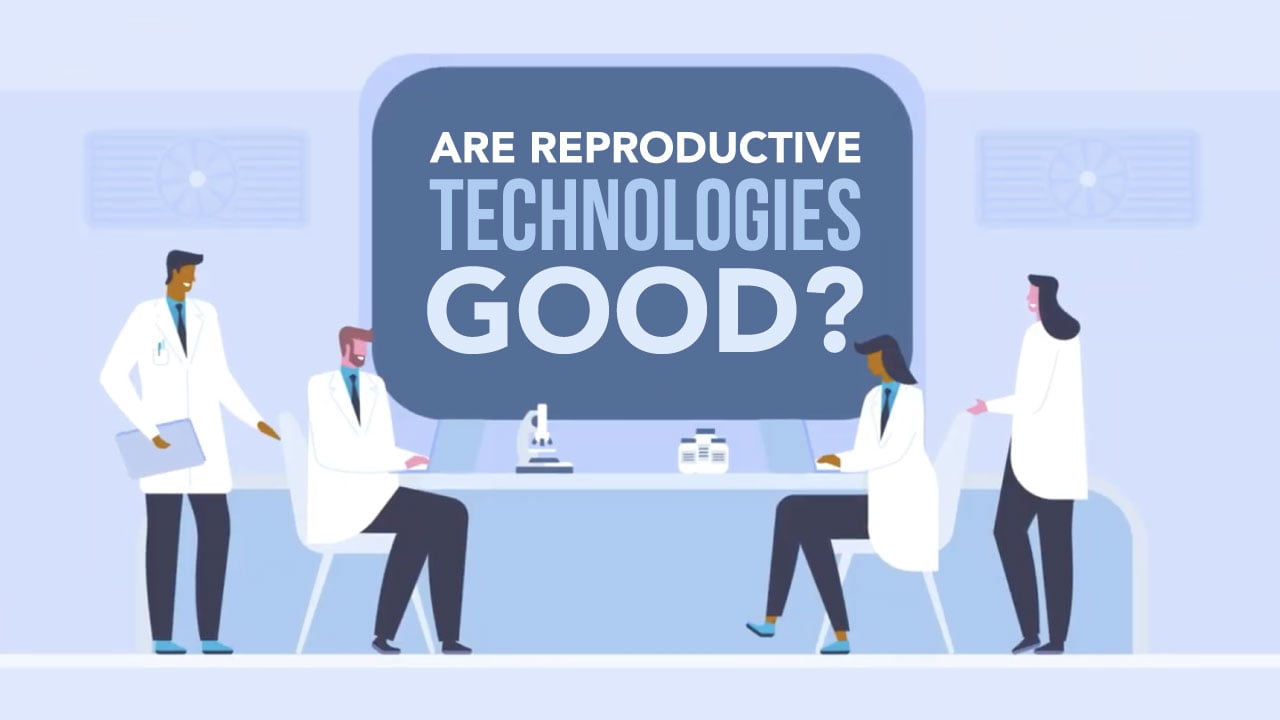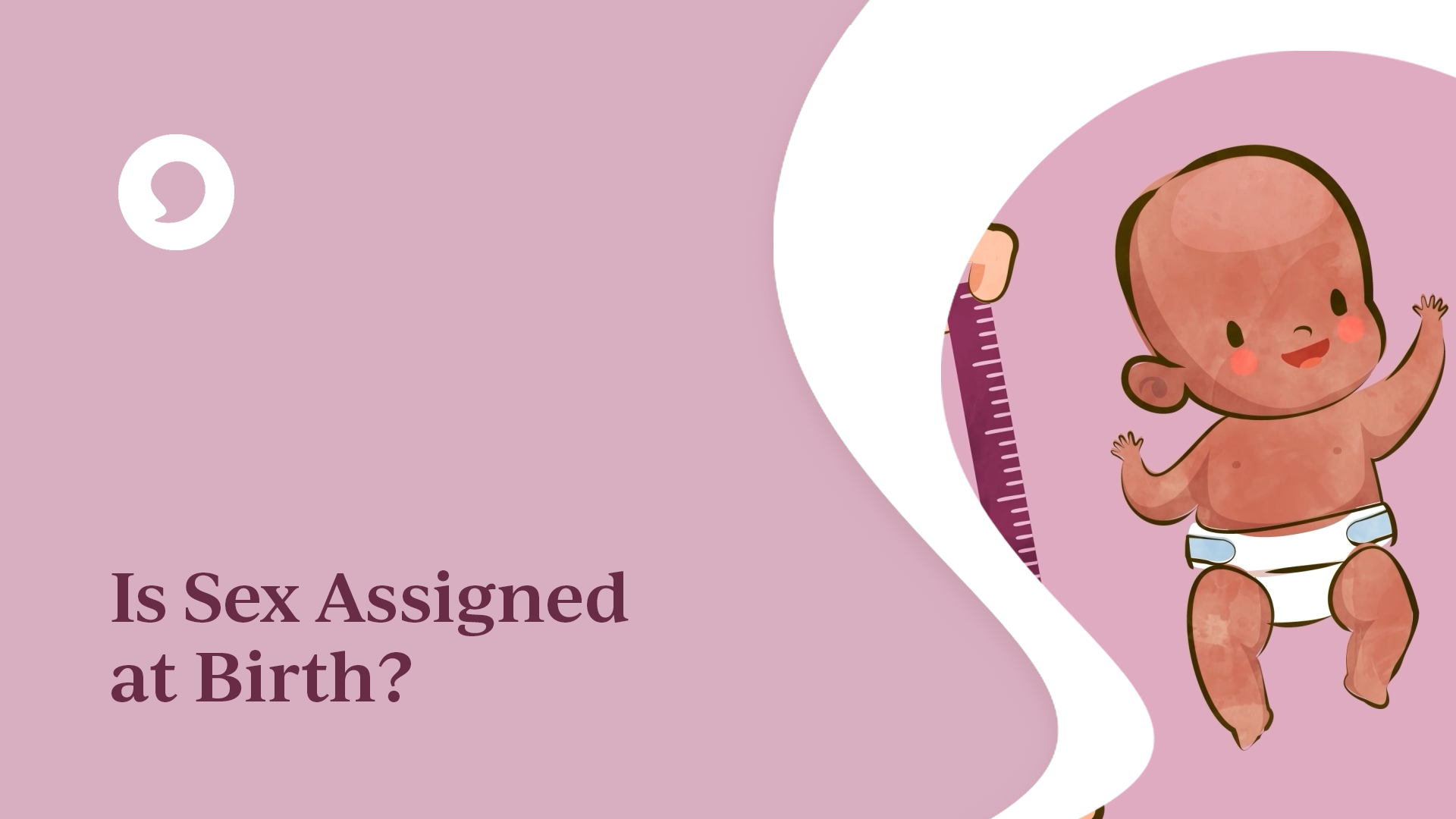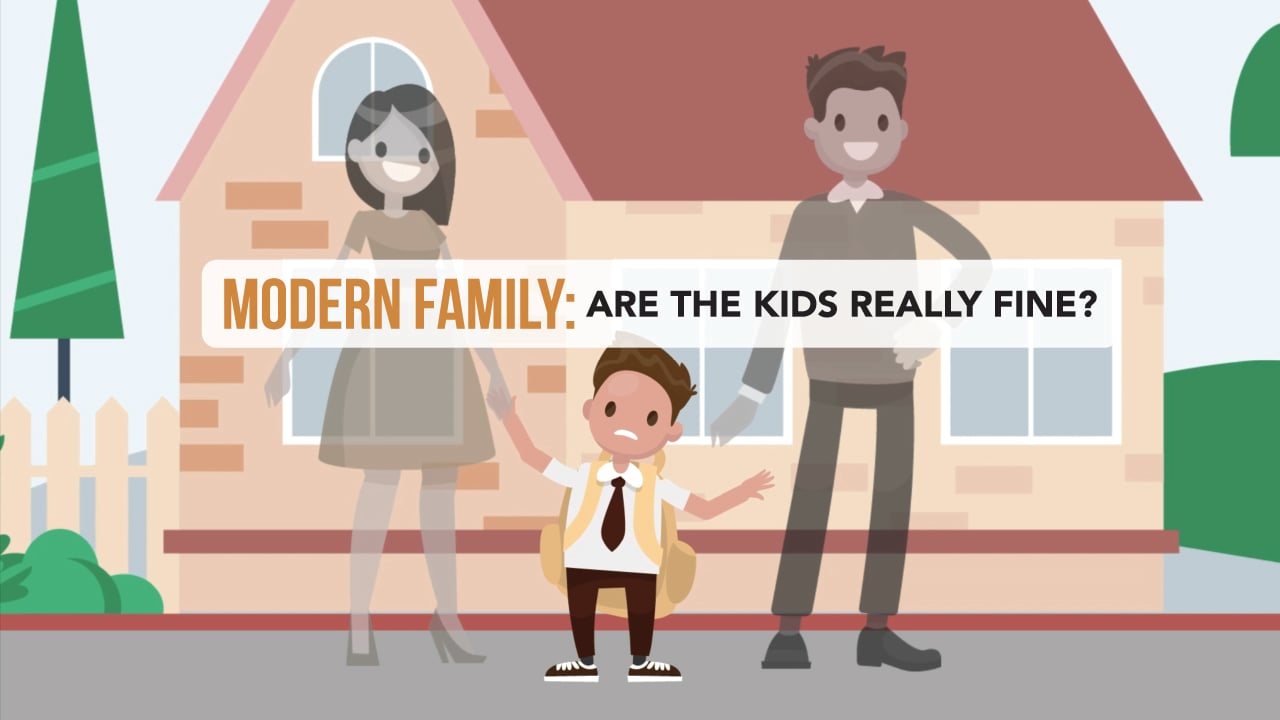You’re in a conversation and someone says, “surrogacy is no different than adoption”. So if you think it’s wrong for a couple to pay a woman to carry and give birth to their child, you must think adoption is wrong too.
What would you say?
You’re in a conversation and someone says, “surrogacy is no different than adoption. So if you think it’s wrong for a couple to pay a woman to carry and give birth to their child, you must think adoption is wrong too. What Would You Say? Proponents of third-party reproduction, especially contract surrogacy, will often argue that it’s just another form of adoption. But is that true? Before we answer, let’s clarify what third-party reproduction is. (Third-party reproduction takes place when an embryo is created in a test tube and placed inside a woman who carries the child but delivers it, at birth, to different adults who intend to raise the child. In most cases, one or both of the parents who raise the child are not biologically connected to the child.) Here are three reasons that third-party reproduction is not like adoption. First, Adoption- seeks to mend a family wound. Third-party reproduction- creates a family wound. Adoption is a necessity born of brokenness. In cases of adoption, a child must first lose their biological family. Many adoptees describe a primal wound that adoptive parents have helped them deal with. Donor conception is also born of brokenness because a child is separated from one or both parents. But in the case of donor-conceived children, parents have intentionally caused the pain. Second, with adoption, the child is the client but with third-party reproduction- the adult is the client. The purpose of adoption is to make sure children have parents. Therefore, the adoption process is built around the best interest of the child. Adoptive parents undergo screenings and background checks and receive post-adoption supervision. In adoption, the adults sacrifice for the kids. The goal of third-party reproduction is to make sure parents have a child, so the process is built around the best interest of adults. It usually lacks the safeguards of adoption and typically the child is separated from one or both biological parents. In third-party reproduction, the child sacrifices for the adult. Third, with adoption, adults support the child. With third-party reproduction, the children support the adult. In both adoption and third-party reproduction, children experience loss. But adoptive parents support children through the loss. This is possible in adoption because the parent seeking to help didn’t cause the trauma. However, with third-party reproduction, children are living with the adults responsible for their missing parent. Expressing their loss means condemning the decisions of the adults who are raising them. That means donor conceived children are more likely to suppress their feelings or feel guilty for having them. So it is the child who must often be understanding, accommodating and supportive of the adults. There is no doubt that adults who want to have children through sperm and egg donation or surrogacy have good intentions. But when it comes to the rights and wellbeing of children, the intentions of the adults should not dictate policy. . And when we have to choose between what adults want and the rights of children, we must side with the kids. So next time someone tells you third-party reproduction is just like adoption, here are three things to remember. Adoption seeks to mend a wound, third-party reproduction creates a wound. With adoption, the child is the client. With third-party reproduction the adult is the client. With adoption, the adults support the child. With third-party reproduction, the children support the adults.





